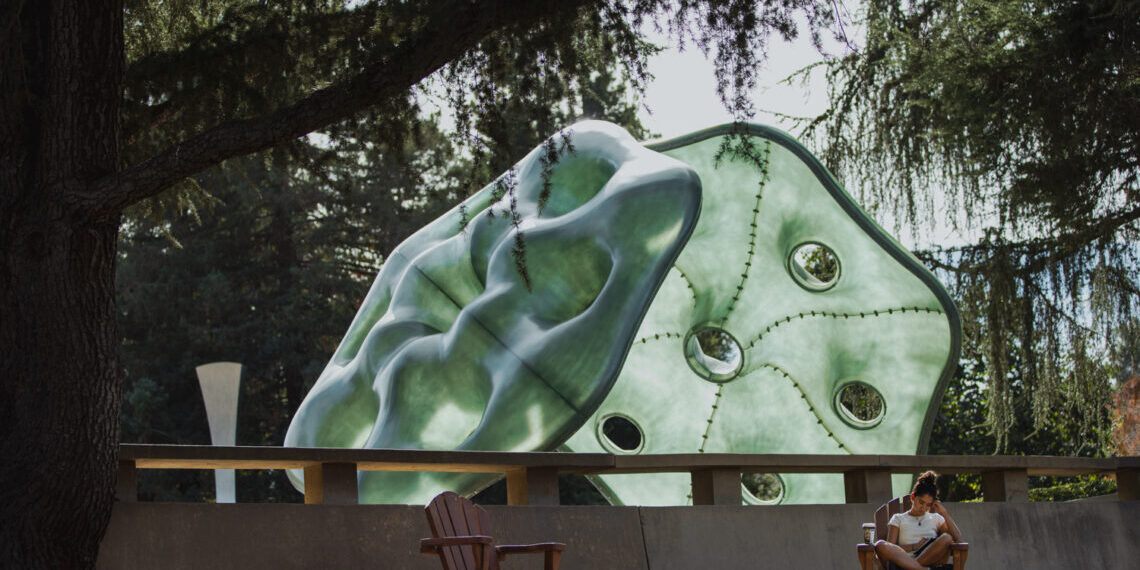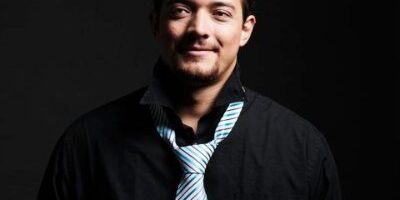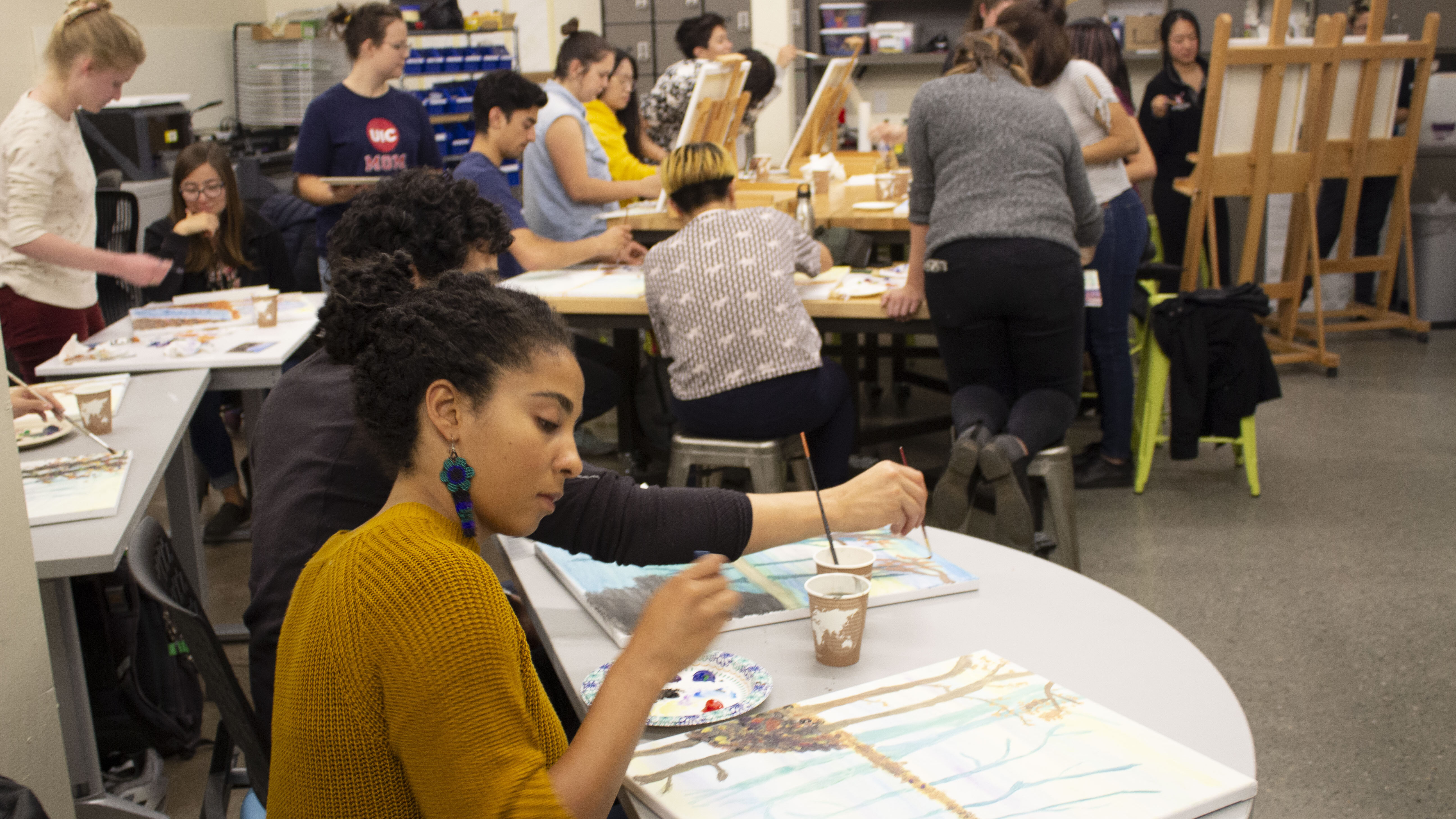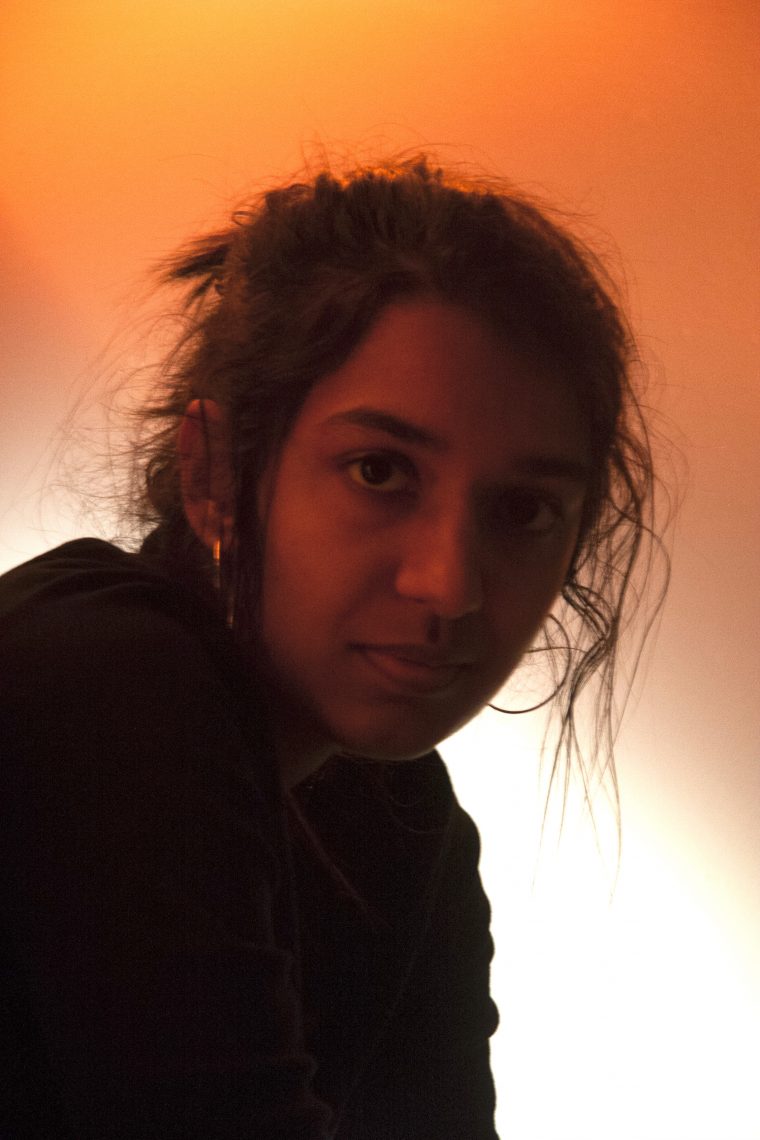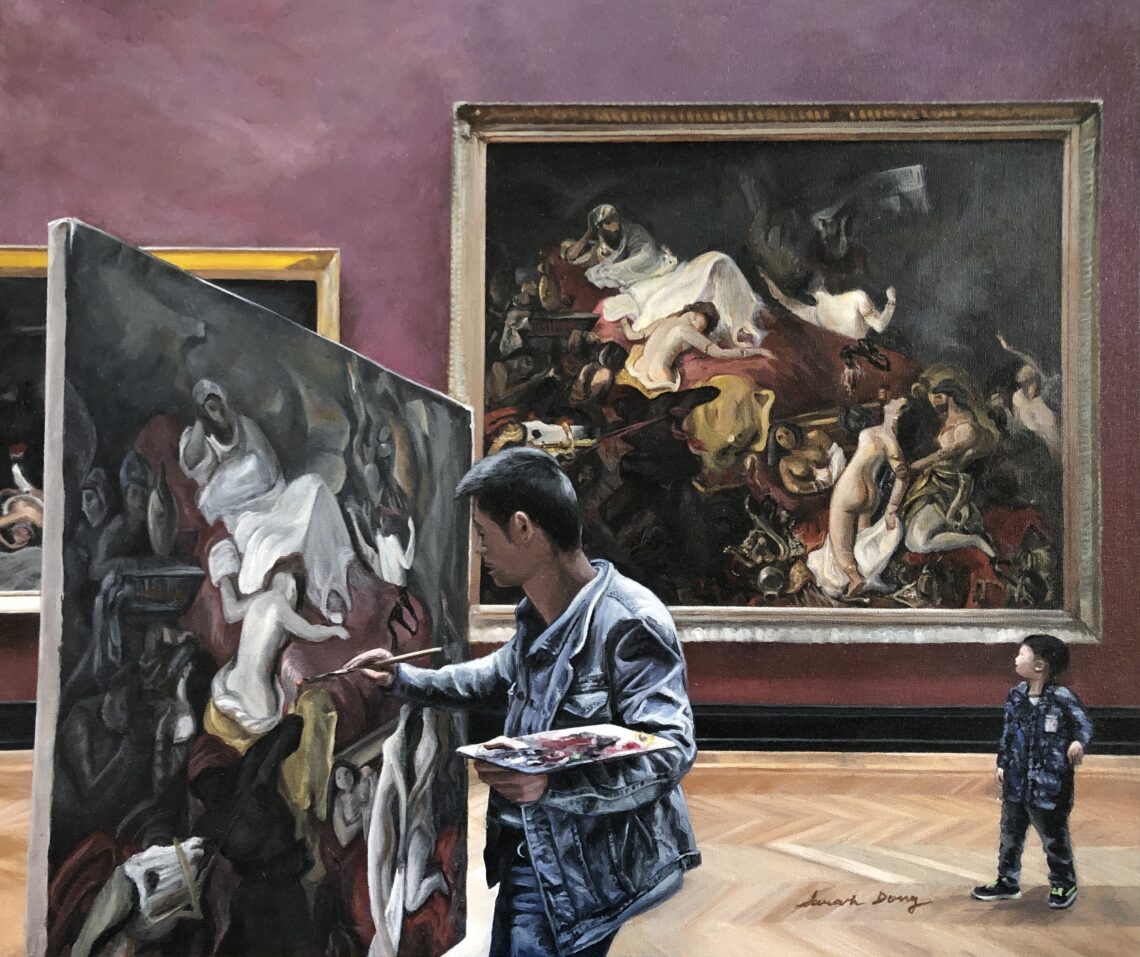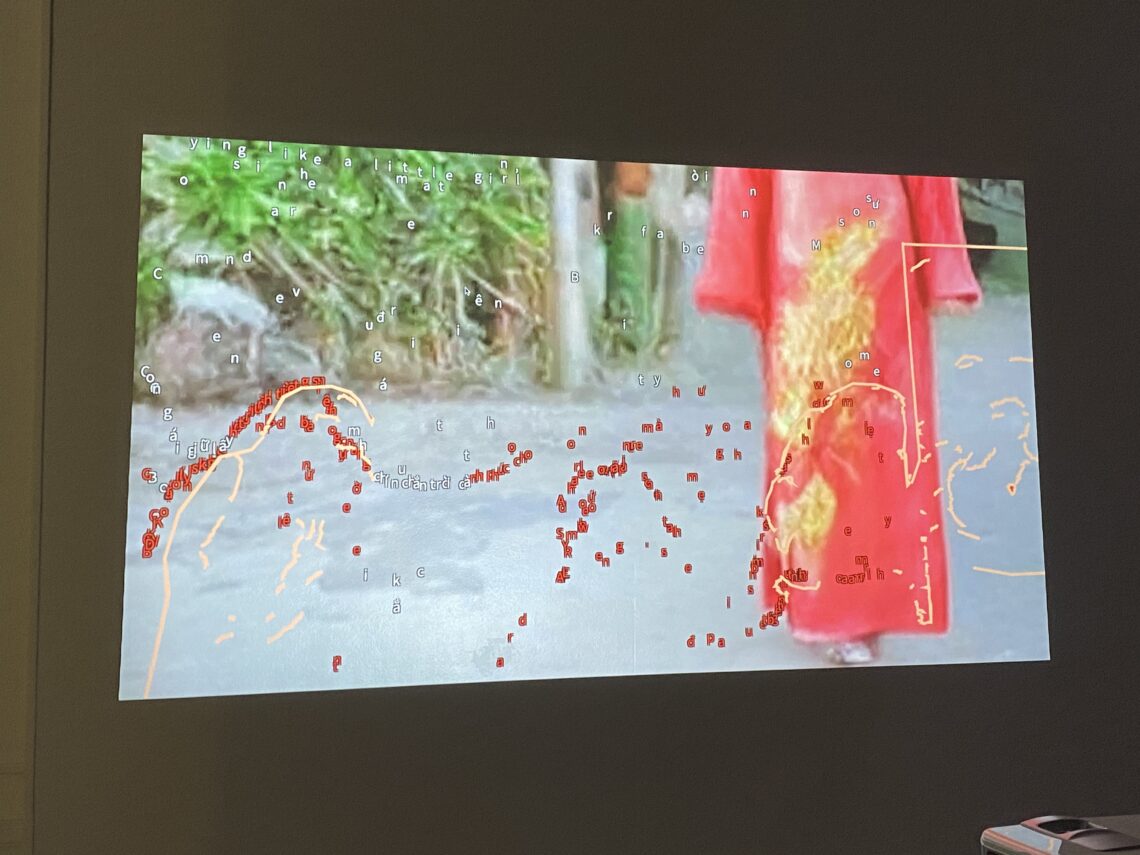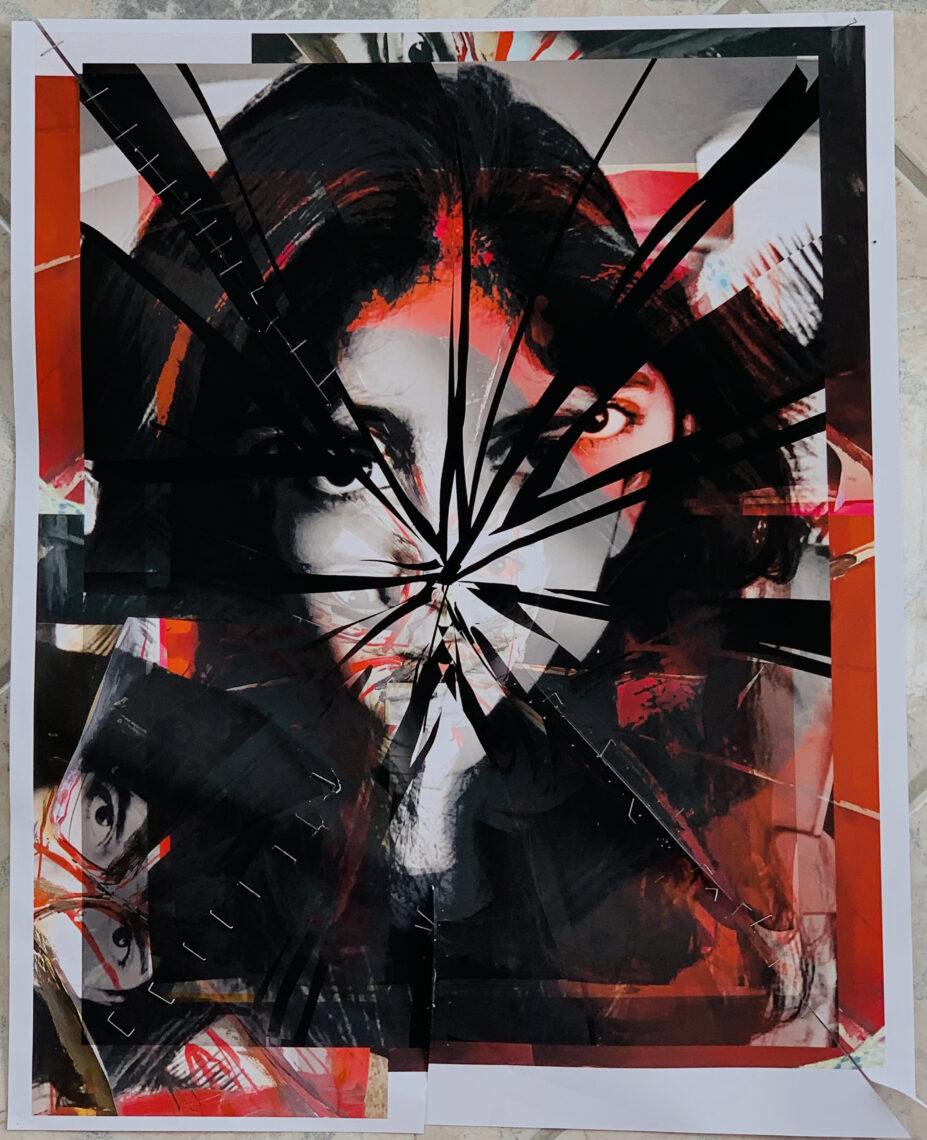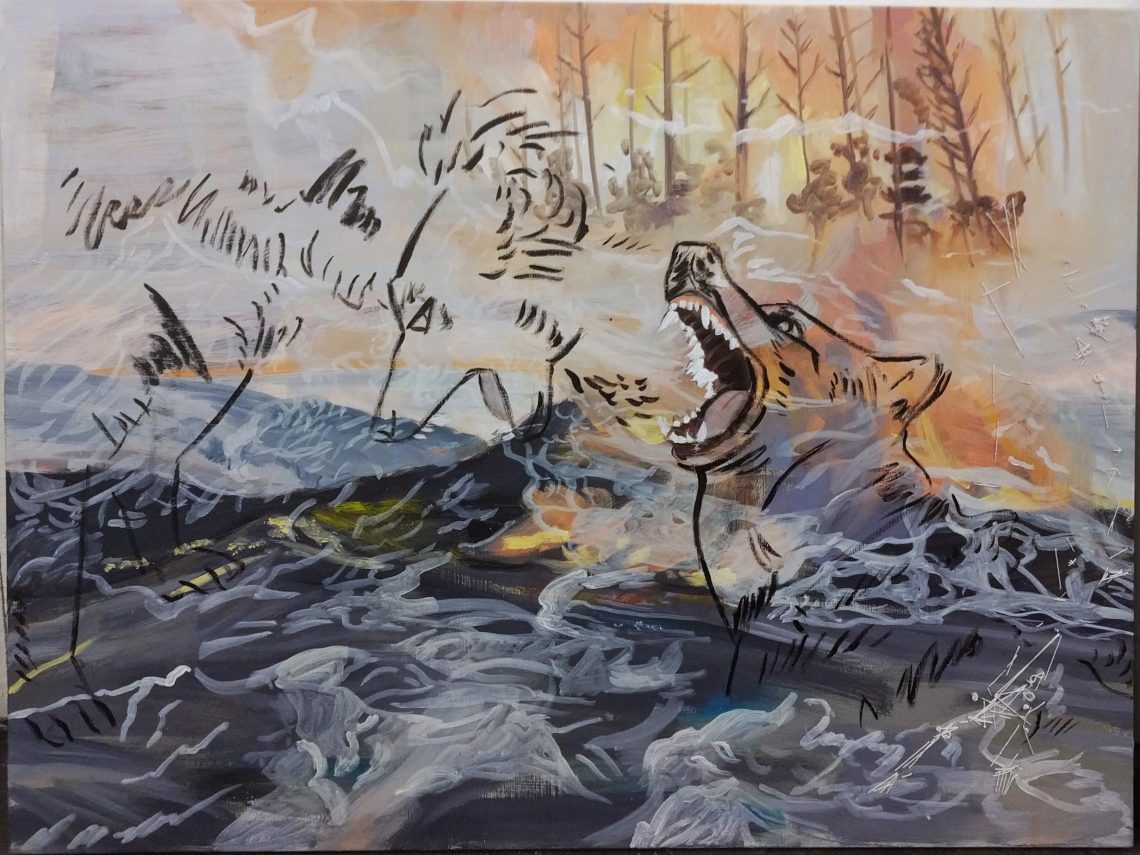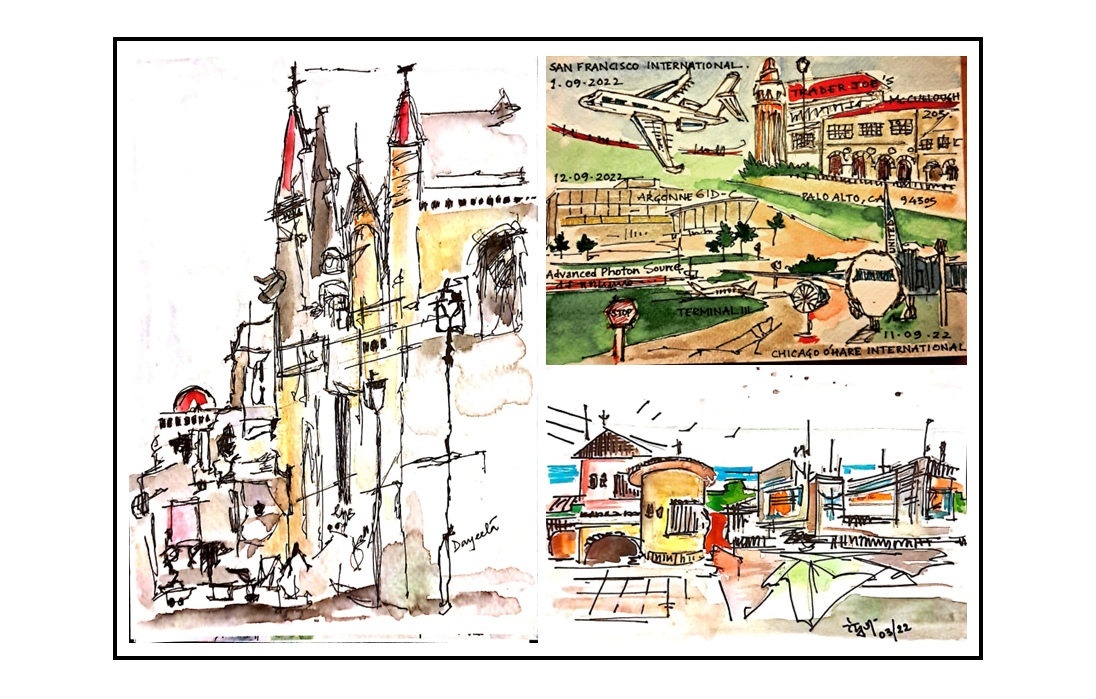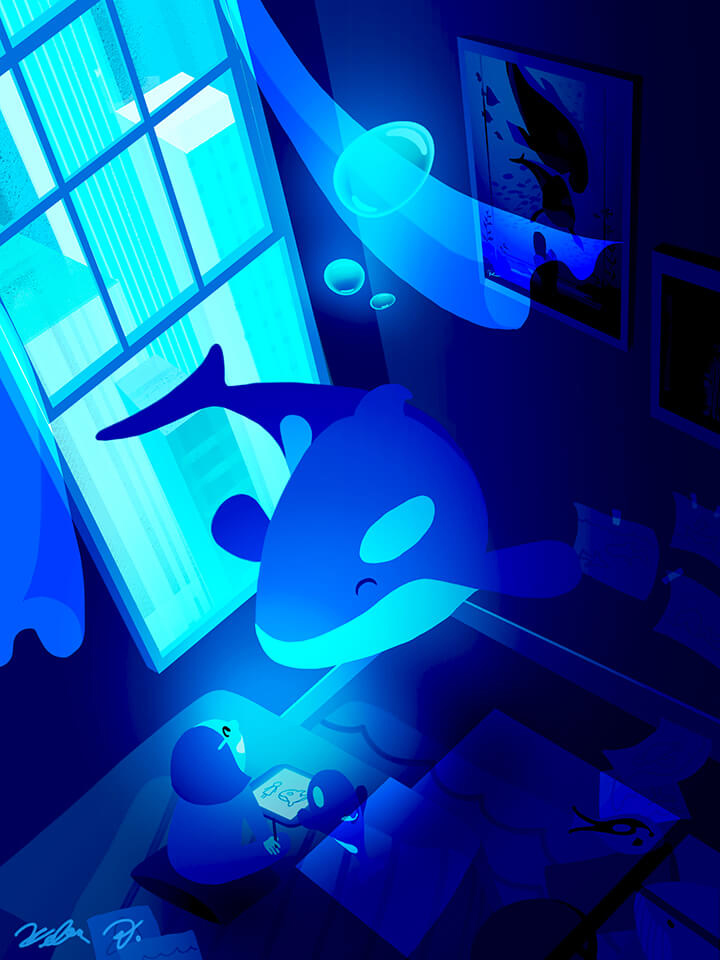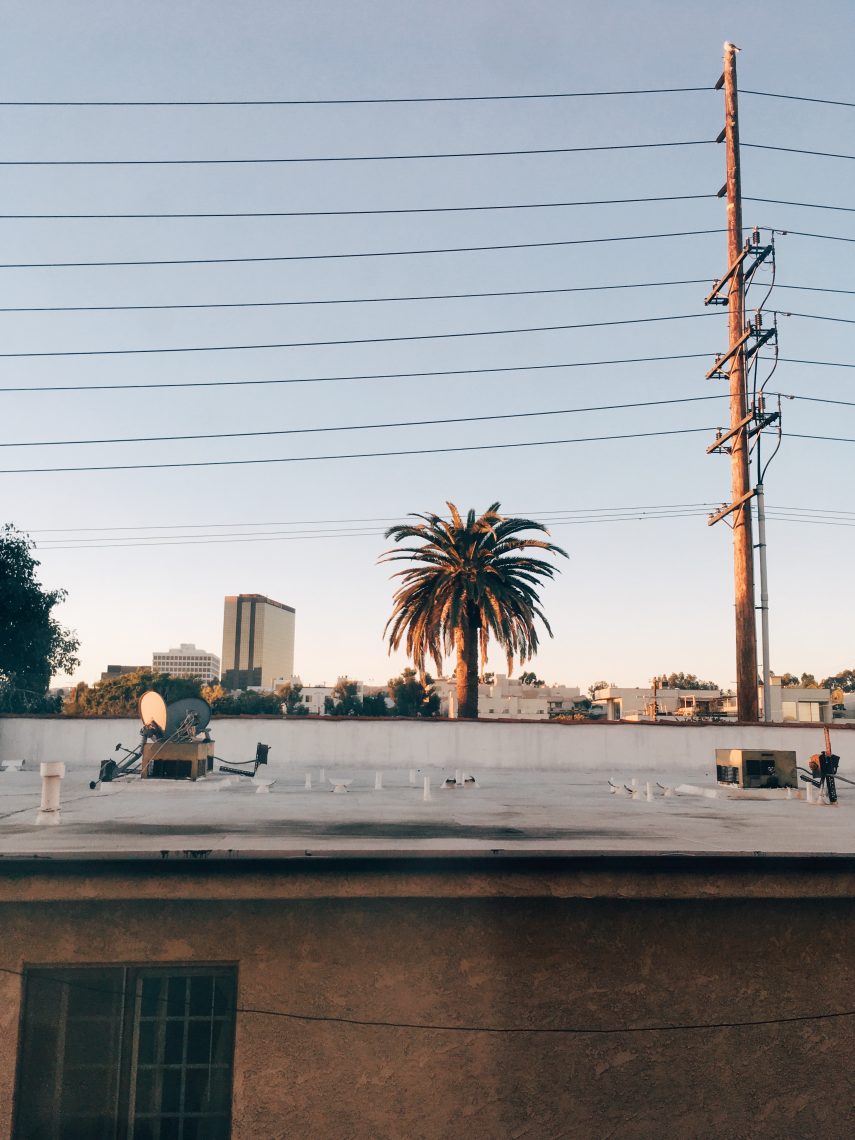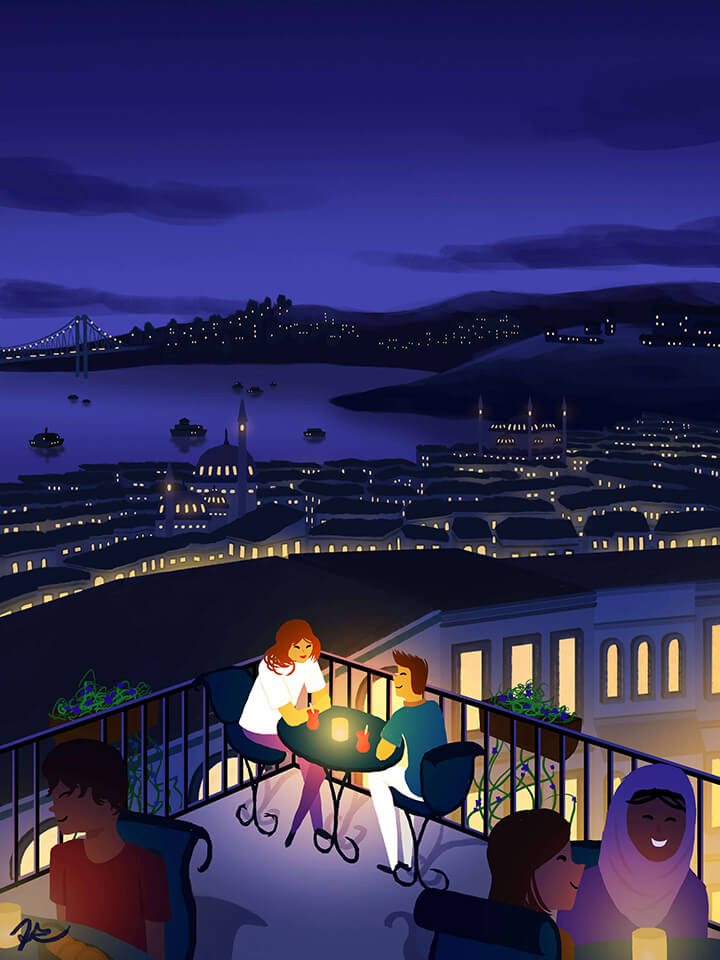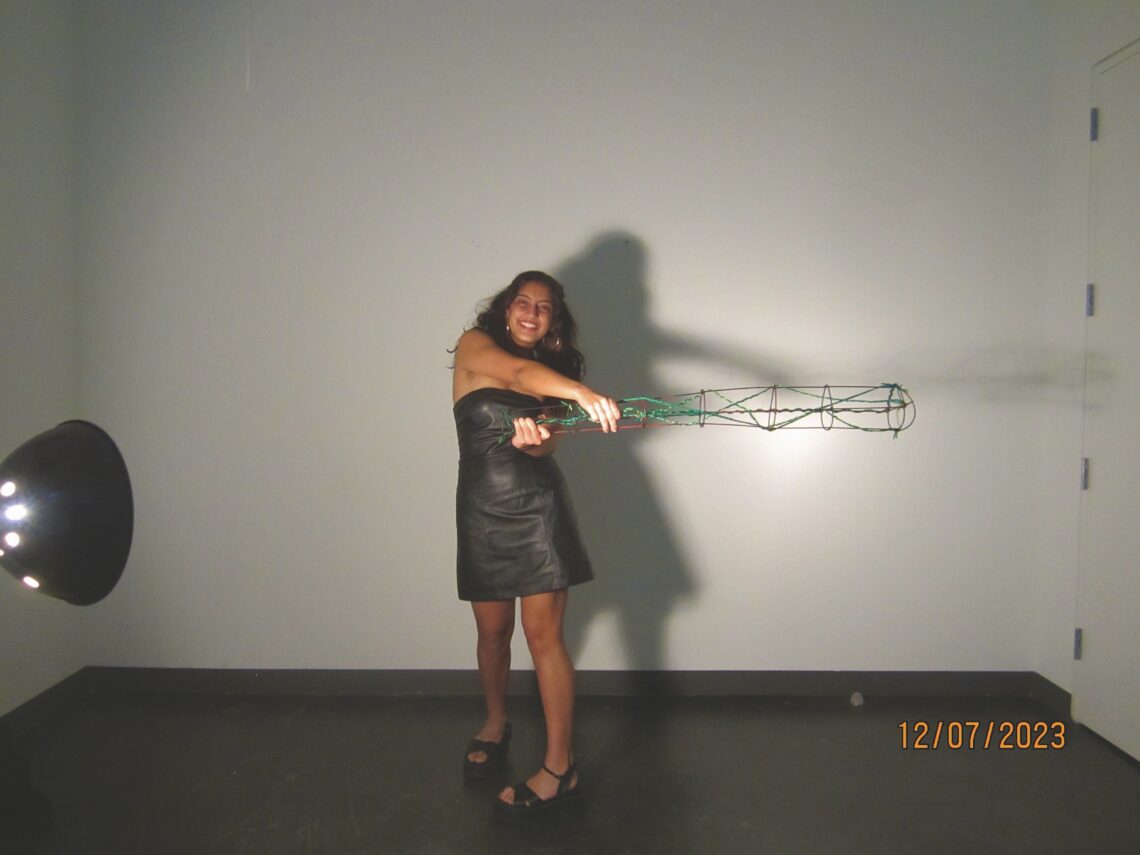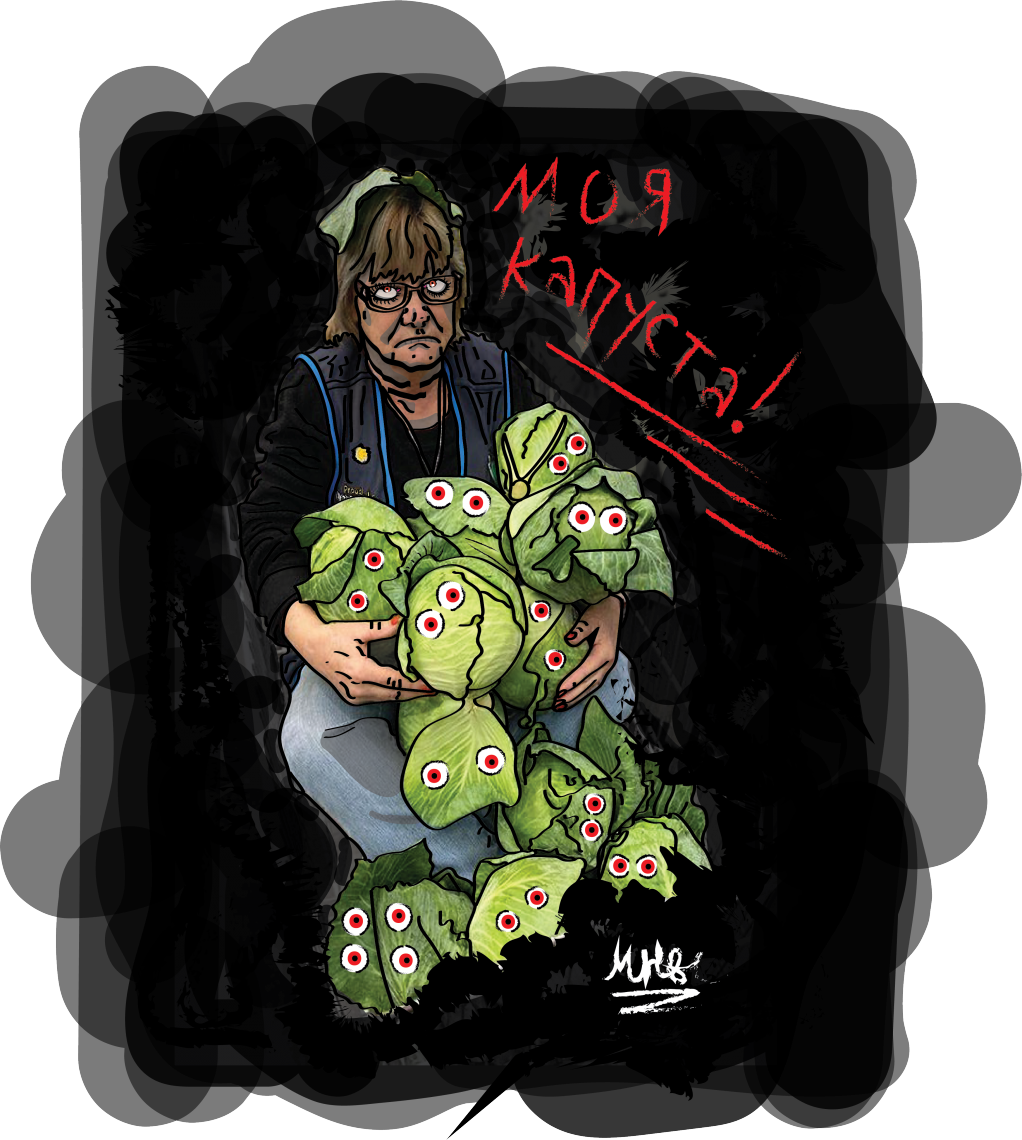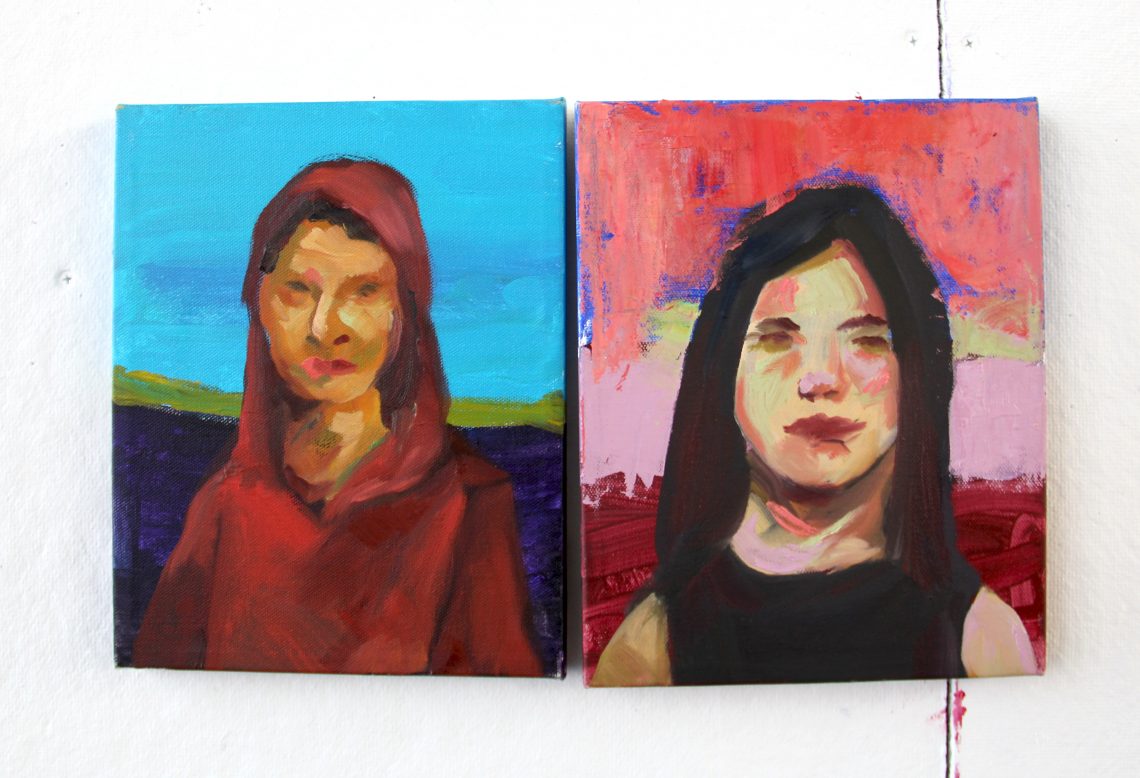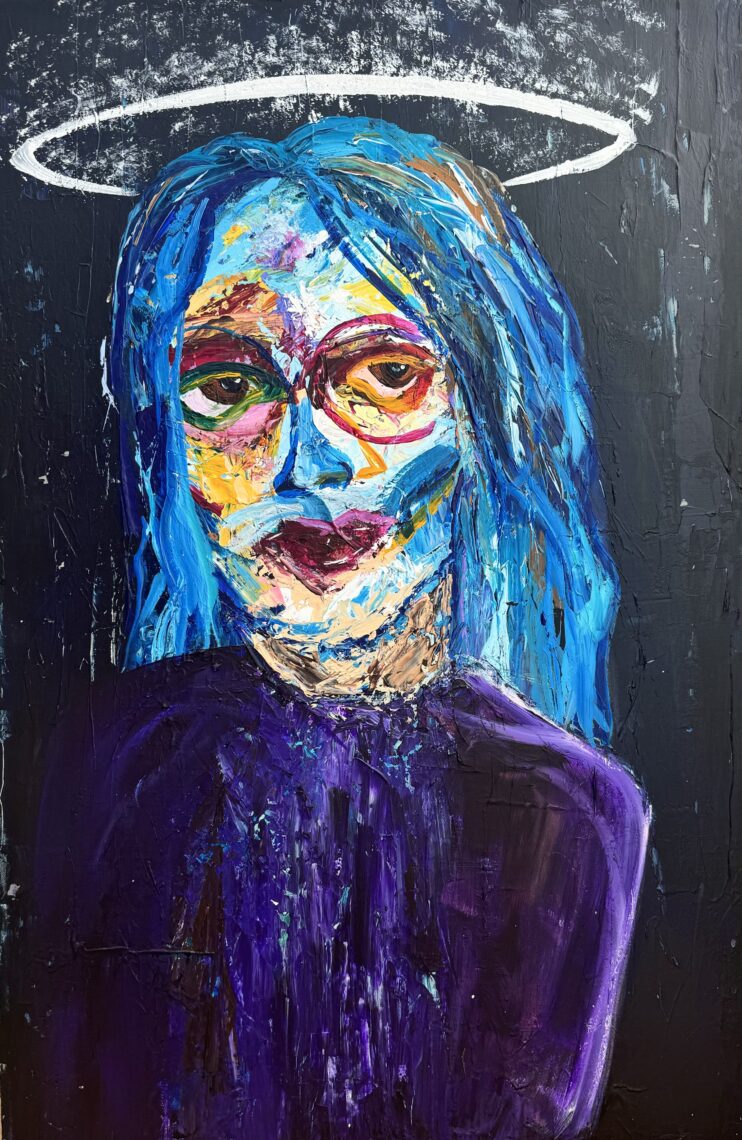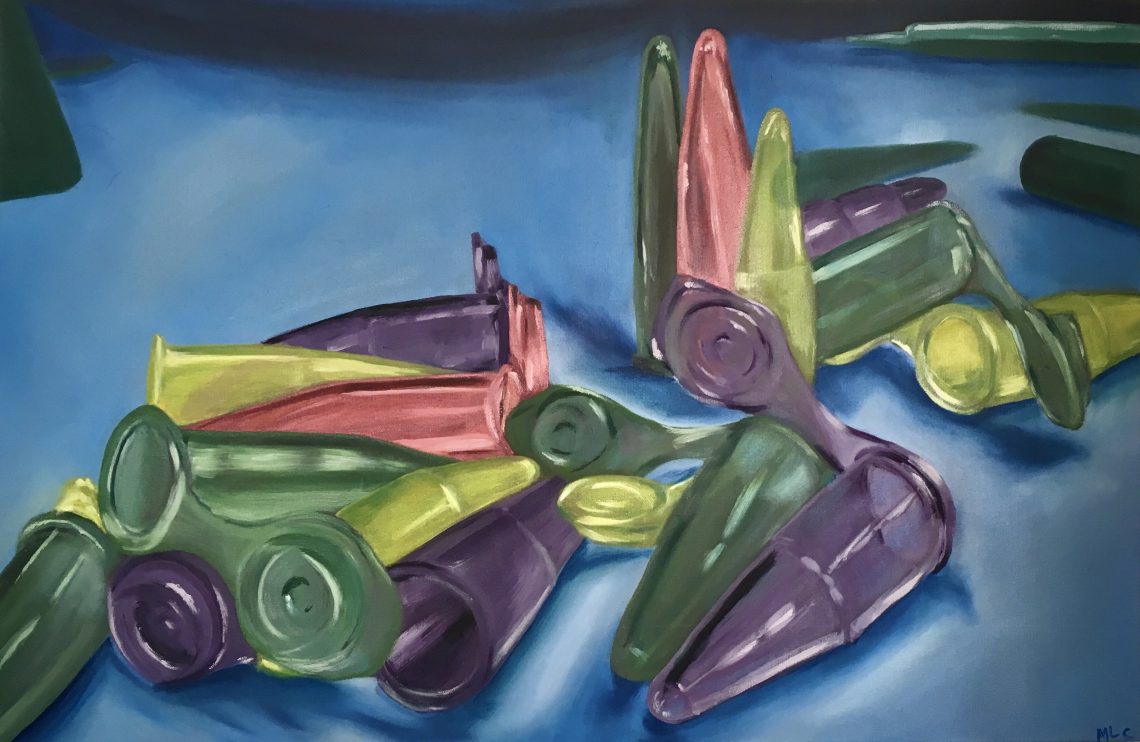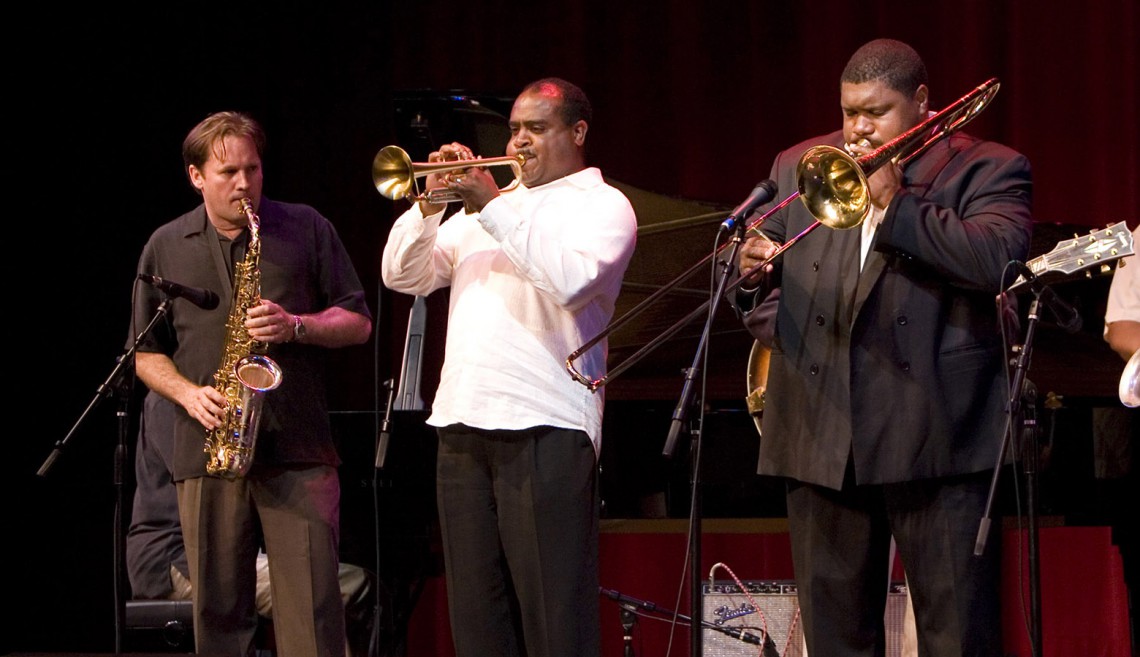
My Three Weeks with the Workshop (Part 2 of 2)
This piece is the third in a series by guest music critic Tyler Brooks. It is part two of a two-part story covering the Stanford Jazz Workshop and Festival (SJW/F).
I had the privilege of covering all programs that ran the last week of SJW/F’s concurrent weeks, Aug. 3-10. In that time, I attended concerts including Savion Glover and His Trio, Jazz Guitar Night with Julian Lage and Larry Koonse, Taylor Eigsti Quintet Featuring Julian Lage, Chris Potter and Larry Grenadier, the SJW All-Star Jam, and the Chucho Valdes Quintet.
Bookending this final week of jazz heavyweights, breathtaking solos and unwavering SJW/F spirit were two great concerts. And an action-packed week couldn’t have kicked off better than with tap dance sensation Savion Glover.
Savion Glover and His Trio
Savion Glover met a sold-out show that Saturday night in Dinkelspiel. In return, the rhythm-tap star gave a dynamite performance, achieving perhaps every sound that a shoe with metal cleats is capable of producing.
Following the cue of guest emcee Sonny Buxton from the Bay Area’s KCSM Jazz Radio 91.1, the “John Coltrane of tap” (as Buxton phrased it) entered the stage and proceeded to the leftmost side of his tapping platform. Buxton’s titling was nothing short of fitting for the virtuoso, for once situated onstage he started into a 40-minute, uninterrupted improvisation that would have sent your favorite drummer hiding under the bed.
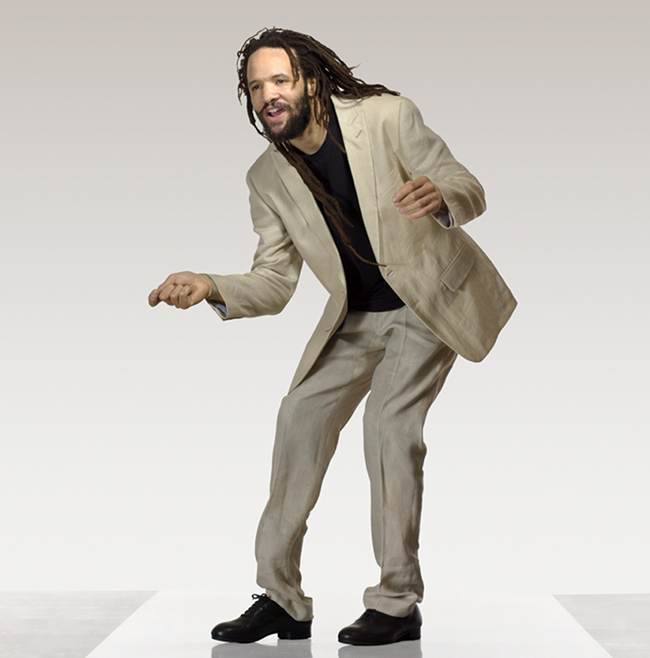
Glover was dazzling. He kicked out unbroken lines of 32nd-notes at 175 beats-per-minute and stomped out Motown, swing, second-line march patterns and even the bass line of Queen’s “Another One Bites the Dust.” Glover was a lesson in rhythm tap, African and African American ethnomusicology and exemplary showmanship – all in one.
By the time saxophonist Patience Higgins joined him, the whistles and shouts of audience members had been flying across the auditorium every 30 seconds. When the dancer and saxophonist came to their grand, Count Basie-esque finish, audience members unanimously returned them a near-deafening, minute-long standing ovation. We hadn’t even made it to intermission yet.
I’m not sure everyone felt the same way about the second half. Whether it was Glover’s speed, stamina or spotlight-stealing footwork, his bandmates occasionally struggled to keep up. Marcus Persiani’s hands scurried about the piano to match Glover’s tempo, never incompetent but always sweating buckets. TC III was an enthusiastic performer, but perhaps he could have left several songs to Glover, Higgins and Persiani, as his vocal and drum kit offerings didn’t always add or translate well to the ensemble.
The tap dancer never missed a beat, however. Glover was tireless in his contributions, sometimes jumping out of his tap-dance simulations of straight-ahead drumming into a fusillade of clicks, snaps and pops – all on one foot, that is. As he leapt, spun and slid across the stage, he beamed out joyous smiles to his bandmates and audience and often finished his cadences with humble, open-palmed gestures to the sky. For Glover, every moment onstage was worthy of praise and gratitude.
As Higgins wailed out the end of Coltrane’s version of “My Favorite Things,” audience members gave a second ovation and left the auditorium in a rave. Concert-goers who were fans and tap dancers in their own right shook out their jitters and buzzed about their favorite parts of the night. It felt like intermission all over again.
A week later, people would be buzzing outside the Bing Concert Hall for the Chucho Valdes Quintet.
Chucho Valdes Quintet
Fans knew from seeing pianists Chucho Valdes and Herbie Hancock co-headline in 2013 SJF advertisements that they were in for a treat this season. Valdes and his quintet would be playing on the latter bookend of the Festival and their concert would be taking place at Stanford’s new Bing Concert Hall, as Hancock’s did under two months prior.
That is to say, that concert location is nothing to take lightly. Despite my seat being directly behind the quintet, the Bing’s perfect acoustics meant that my listening would be virtually the same as any other audience member’s that night. And, as promised, I never missed a beat of Valdes and his amazing quintet members Rodney Yllarza Barreto on drums, Angel Gaston Joya Perellada on bass, Yaroldy Abreu Robles on congas and Dreiser Durruty Bambolé on bata drum.
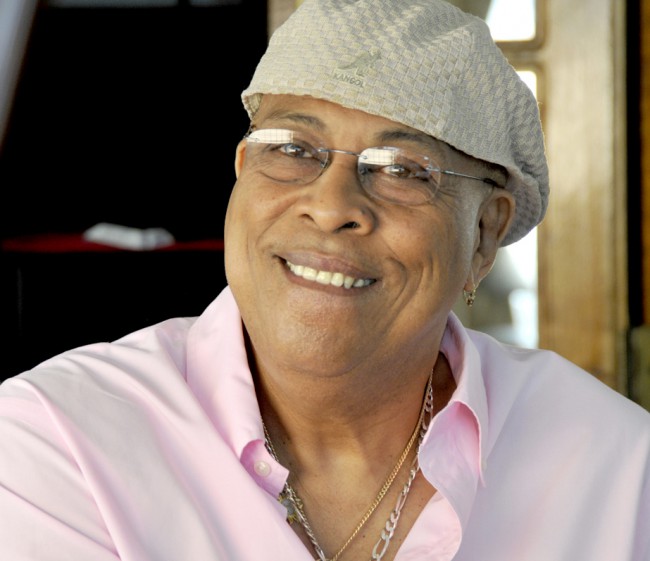
I’m sure audience members were captivated regardless of their different visual or aural perspectives, too. As SJW/F Founder and Director Jim Nadel finished his warm introduction of the last 2013 Festival concert, out came Valdes, radiating behind all the stage light reflecting off his all-white attire. He and the other quintet members expressed their gratitude to their audience, they all took their seats, and Valdes then started into an improvisation that very well could have been mistaken for a pre-written concerto.
Mid-solo, his other four bandmates joined in, cadencing the piece into a flawless and electrifying salsa. Valdes’ solo sound then exploded into an ensemble sound lacquered with tremolos, blues licks and wide-handed chord melodies that resounded through to the end of Barreto’s all-toms-and-cymbals outro.
We unfortunately never learned the name of that song, let alone many others that followed, for the quintet rarely paused to introduce any of their songs. Rather than taking away from the night, however, this actually set a tone. Some audience members recognized favorite jazz tunes like “Blue in Green” or classical tunes like Rimsky-Korsakov’s “Scheherazade,” but many sat back and enjoyed the quintet’s journeys through untitled, un-introduced worlds.
At any rate, the quintet astounded. Valdes was a whirlwind, weaving medleys between inventions of pristine gospel, classical, blues, Latin, swing and straight-ahead. The rich combinations of influences and heritages from musics of North America, South America and Africa shimmered in his rhapsodies and grooves. In other words, his musicality was at least as large as a whole hemisphere.
Barreto was a master of clave, both his bandmates’ and his own. Audience members held onto their seats in his first solo as he let two pronounced and auditorium-splitting strikes upon his snare echo out of every measure, eventually building an entire matrix of rhythm and time on top of that foundation.
In an intimate duet feature with Valdes, Perellada hushed the room to a still, bowing perfectly pitched lines so dynamic and expressive John Williams would have hired him the next day. Robles, a different solo flavor, rolled out of immaculate rumba clave and onto his congas at speeds that made his short dreads whip about his head and his strokes echo about the Bing walls back in time with his solo.
Bambolé often featured between many of the quintet’s songs in Yoruba vocal chant solos, dancing about his bata drum in mesmerizing accelerations, decelerations and modulations of tempo. Valdes, Barreto, Perellada and Robles would all occasionally join in to contribute vocals in cadence with these meditations, but Bambolé held most of these trance-like moments himself.
Valdes gave all his shares of applause to his quintet-mates, gesturing toward them and announcing names of feature soloists on tunes just played. As bandmates did a last special handshake and took their bows, the Valdes Quintet left their Bing audience meditating on next year’s Festival.
I, however, would be meditating on that entire week at SJW/F, from Glover to Valdes to one concert between the Saturday headliners that blew my mind.
Taylor Eigsti Quintet
I got to hear Eigsti for the first time at the “I Remember Dave Brubeck” tribute concert the previous week. According to that Wednesday program, Brubeck knew Eigsti particularly well and said before he passed in March that the pianist was “the most amazing talent [he’d] ever come across.” Eigsti was a virtuoso when he joined SJW at the age of 11 and had become a member of the SJW faculty by age 14, the program noted. I’m convinced now that “virtuoso” is so much an understatement of a description for Eigsti it could be considered an insult.
I could not have possibly anticipated what it would be like if you gave him his own concert – let alone in combination with guitarist and co-headliner Julian Lage, saxophonist Dayna Stephens, drummer Eric Harland and bassist Harish Raghavan. Unfortunately, I was unable to catch the first half of the concert, so I can only speak to what I heard in the second.
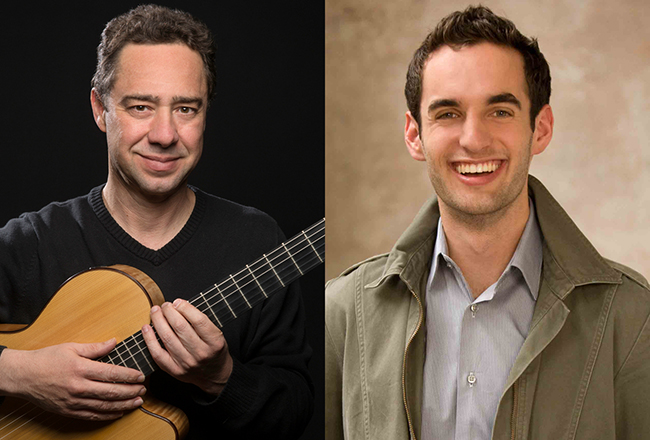
Based on what I did hear that night, however, I’ll take a shot at a new description: The Taylor Eigsti Quintet is like jazz with Godzilla – unreal, unrelenting, terrifying and a brilliant concept.
The quintet’s second post-intermission song was Raghavan’s “Bass Song.” No tune of any concert that week stuck with me like this one. A jazz waltz epic with a complex harmonic structure that galed and rolled unpredictably like a sea in a violent storm, “Bass Song” could only be described the way you’d describe the virtuosic monster in your closet.
More particularly, the brooding echo effect on Stephens’ instrument swept through solo and ensemble sections in ghostly, haunting harmonics; Eigsti’s fingers bolted impossibly about the keyboard in bright, gasp-stealing arpeggios and lines of broken 32nd-notes; and the ensemble’s suspenseful pedal tones swelled with vicious riffs and poly-harmonies that could send you into a panic before resolving. (In the jazz idiom, a “pedal” or “sustained tone” is a tone on which musicians base their free riffs before resolving in ensemble and continuing in the improvisation’s harmonic structure.)
Amidst all this, Harland played the most terrifying drum solo ever seen or heard. In an unforgettable moment following only a few first hits, he raised two powerful arms and scanned wildly about his drum kit, caught between milliseconds of how he should start.
Then, with all his might, Harland descended upon every snare, tom and cymbal in a crackling salvo and produced all thunder possible between on- and off-beat. At one point, he threw away all respect of time and thrashed his snare with bops so fierce, rogue and evenly struck they would have scared the bullets out of a gun. By the time Harland finished, I was nearly in tears from being so overwhelmed.
As Eigsti, Raghavan and Lage brought the song to a quiet and intense finish, it felt as if the ship and crew of a jazz Odyssey had just made it to shore.
The following song, Lage’s “Here to There,” offered slight contrast with beautiful solo contributions by Eigsti and the guitarist. However, the quintet’s final number, Harland’s “Turn Signal,” brought the audience right back into the thick of the hurricane as the ensemble modulated about three post-bop rock tempos with hyperpercussive fills and titanic solos.
By the time they were done, I was dizzy and wanted to go to bed. Needless to say, I will never forget that night, especially because that was the first night I deliberately skipped the SJW Faculty Jam in all my three weeks at SJW/F.
Nonetheless, the Workshop and Festival grew more and more heavyweight as the week continued.
A heavyweight state of mind
I should have heeded Workshop campers from Weeks 1-2, as they told me well in advance of Week 3 to brace myself for “when all the heavyweights come.” In hindsight, “heavyweight” is the only word that describes my last week on the Stanford summer jazz scene as a whole.
Without a doubt, the last SJW/F week belonged to the likes of Eigsti, Lage, Harland, Raghavan and Stephens, as well as saxophonist Chris Potter, guitarist Larry Koonse, bassist Larry Grenadier, pianist Harold Mabern, drummer Louis Gates, trumpeter Brian Lynch and saxophonist Eric Alexander – all champions of their instruments, all champions of contemporary jazz.
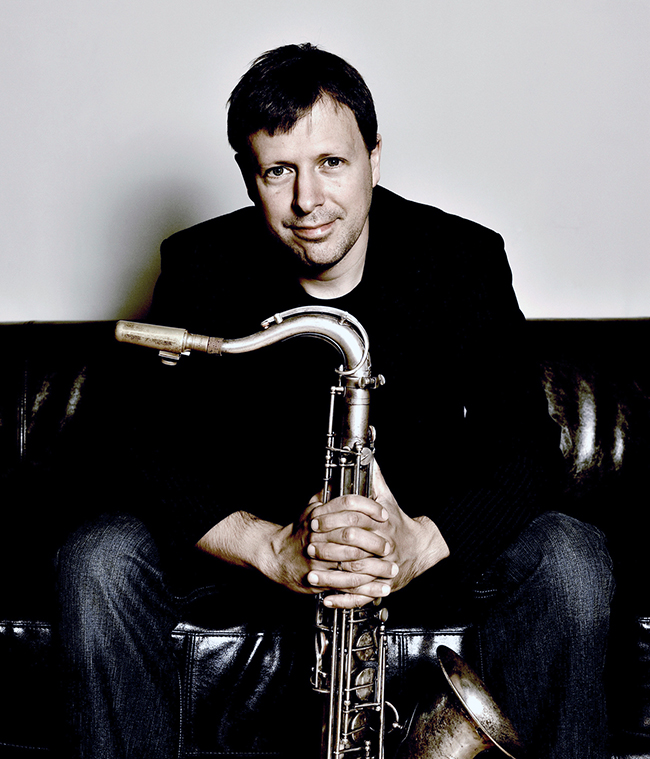
This group of musicians also served as SJW faculty and both attended and played in each other’s shows for the third week of SJF concerts and SJW Faculty Jams, all coming together for the final SJW All-Star Jam show. And from Eigsti’s concert to Chris Potter’s concert to the All-Star Jam, one couldn’t possibly fathom seeing or hearing so many jazz heavyweights in one place like this.
That is, unless, you’re a heavyweight yourself.
I went backstage after Eigsti’s feature concert to meet the quintet. I guess I didn’t realize that my jaw was on the floor, for Raghavan received my handshake with a facial expression that was on the cusp of modest and perplexed. Eigsti and Harland, humble and somewhat comic in their self-dismissals, were similar. They all seemed to sing in the same chorus: “It’s just music, dude.”
What the Week 1-2 Workshoppers warned had then registered in another way, surely about headliners but also about faculty, students and even audience members: Week 3 was about a “heavyweight” state of mind – a can’t-take-the-heat-stay-out-of-the-kitchen kind of thing.
It even shined a different light on players who had been taking SJW/F stages and doing their heavyweight thing all summer, like SJW faculty trumpeter Ivan Rosenberg and bassist Joshua Thurston-Milgrom and even SJW neophytes like drummer Lyman “LJ” Alexander II, guitarist Franceska “Simone” Boszormenyi and flautist/vocalist Elena Pinderhughes. Perhaps the only thing that really made it clear that the “heavyweights had come” was Week 3’s sheer change of cast.
A change of cast
From SJW Mentor Fellows having departed after their second week to SJW faculty/counselors taking fewer kids back to the dorms when Faculty Jams ended at midnight, the Week 3 Workshoppers were a different group. Campers turned from babies to adults, many of them celebrating long days of playing and listening with beers and post-midnight hangouts.
The Jazz Institute Showcase, the last of the SJW end-of-week concerts, showed a shift from beginner-to-intermediate in camper skill range to intermediate-to-advanced. Though one still couldn’t read skill from age (as in Weeks 1-2), it seemed many Week 3 Workshoppers were already well-established into their musical careers, perhaps spending a week at SJW to refine skills and meet other players.
That all said, however, younger Week 3 Workshoppers were still capable of scaring the hairs off your back. Students jumped right on stage for the first Faculty Jam of the week, which kicked off the night of Sunday move-in rather than Monday, and some approached the same level of playing they would be seeing at Week 3 concerts in the way they navigated uncommon jazz standards and odd song structures with rare prowess.
And, of course, there were the ever-so-carefully-selected ensembles for Festival concerts, each one a different combination between the various SJW/F-invited jazz luminaries.
At Chris Potter’s concert, he and bassist Larry Grenadier changed all definitions of the word “sonority” with their bebop aleatories and inter-harmonics and validated all notions that they were in the zeitgeist of new jazz vocabulary. The same held true in the many ensembles of the SJW All-Star Jam, as Harland joined the same drum-space as Louis Gates, Thurston-Milgrom joined the same string-space as guitarist Larry Koonse, and so on in innumerable combinations.
And when concert headliners were done, they even jumped in the mix with SJW faculty and students. Most late nights I could come back to the CoHo and see Brian Lynch wailing out bop on trumpet or Harold Mabern grooving out the blues on piano. Faculty members who had been facilitating jams all three weeks relished in the opportunity to switch things up.
Still a love fest
In my last cover, I wrote about the rare and palpable sense of community in the SJW/F world. And though a few more heavyweights had stepped on the scene with their refined aesthetics and musicalities, no one ever tooted their horn and competition never ran the show. As in the previous two weeks, SJW/F was still a love fest.
This proved all too true in a great moment at a nightly jam with saxophonist and SJW faculty-extraordinaire Patrick Wolff.
In my first year at Stanford, Wolff was in charge of facilitating the Workshop’s year-round jams, which take place weekly on Mondays at Stanford’s CoHo coffee house. Whether I thrived, survived or completely bombed when invited onstage to play piano, Wolff was always encouraging, full of advice and unconditional in the energy he gave to his solos.
He was the very first person to suggest I get involved with the SJW/F scene. Hence, on a Monday night, three years later on the same CoHo stage where I was first introduced to Stanford’s jazz scene, things sort of came full circle.
Pianist Victor Lin had been sound-checking and preparing for the second Faculty Jam, right before Week 3 Workshoppers came back from that night’s concert. As other SJW faculty and counselors joked out loud in acknowledgement of Wolff’s birthday, Wolff, having just started on a beer at a table offstage, laughed and modestly shook his head away from all the attention.
Then Lin, right on cue, started into a rubato intro of what would eventually become a second-line march version of “Happy Birthday.” Now, SJW/F audience members chanted “Birthday solo! Birthday solo!” to which Wolff smiled, took one last sip from his drink and jumped into a crazy bebop improvisation that was spotless, heartwarming, hilarious and, as I knew well, full of character.
And I guess that’s just how the SJW/F heavyweights do it.
